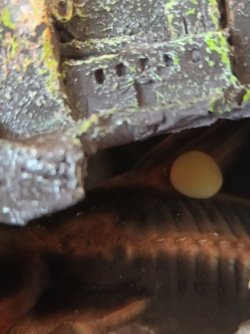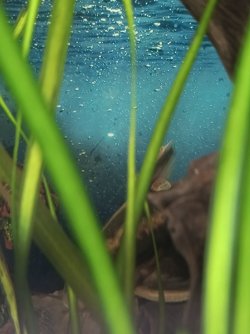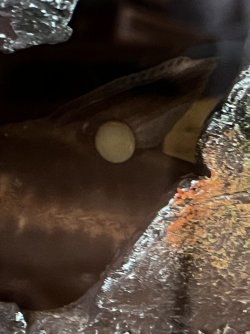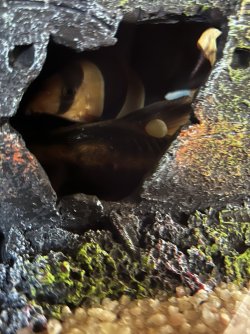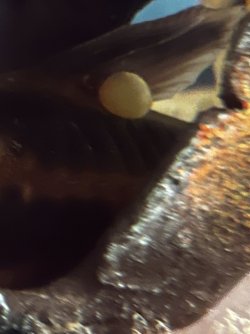I woke this morning to see a white bubble/blister had appeared between the dorsal fin and body of my catfish. Not sure how long it's been there or if it's just appeared. I generally check the tank everyday just to do a head count and make sure there is nothing wrong but the catfish is generally hiding in one of the darker decorations and very rarely swims out into the main tank. When trying to get a photo of the "bubble/blister", the fish swam out quickly and it burst. Anyone have any idea what it is and if there is any immediate danger to the fish?
The tank is cycled and cleaned on average once every month. It's been a stable tank now for 3 - 4 years and the catfish has been a part of the tank since the very beginning. (I inherited the tank with the catfish already in it). It's a communal tank with 4 other plecos, 5 Corydoras, a school of Xray Tetras, 2 Clown loaches and a few juvenile Angel fish.
Any help would be greatly appreciated.
The tank is cycled and cleaned on average once every month. It's been a stable tank now for 3 - 4 years and the catfish has been a part of the tank since the very beginning. (I inherited the tank with the catfish already in it). It's a communal tank with 4 other plecos, 5 Corydoras, a school of Xray Tetras, 2 Clown loaches and a few juvenile Angel fish.
Any help would be greatly appreciated.

